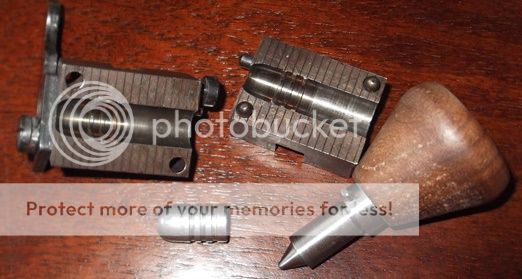galamb
58 Cal.
I will just add one more "maybe" as to why 38 cal is legal in W.VA.
Here is a pic of perhaps one of the most famous rifles build by a (now) W.VA rifle maker.
The rifle was built by J.J. Sheetz. It is a 38 cal, fast twist (1:36) with a 42" tapered barrel that was carried in the Battle of New Orleans.
So maybe simply from a historical point of view it might be difficult for a State to say such a "historically significant" rifle would be "illegal" to use for hunting (????) - just a thought :idunno:

(and who wouldn't want to own/hunt with the above rifle - it's more than sweet)
Here is a pic of perhaps one of the most famous rifles build by a (now) W.VA rifle maker.
The rifle was built by J.J. Sheetz. It is a 38 cal, fast twist (1:36) with a 42" tapered barrel that was carried in the Battle of New Orleans.
So maybe simply from a historical point of view it might be difficult for a State to say such a "historically significant" rifle would be "illegal" to use for hunting (????) - just a thought :idunno:

(and who wouldn't want to own/hunt with the above rifle - it's more than sweet)








